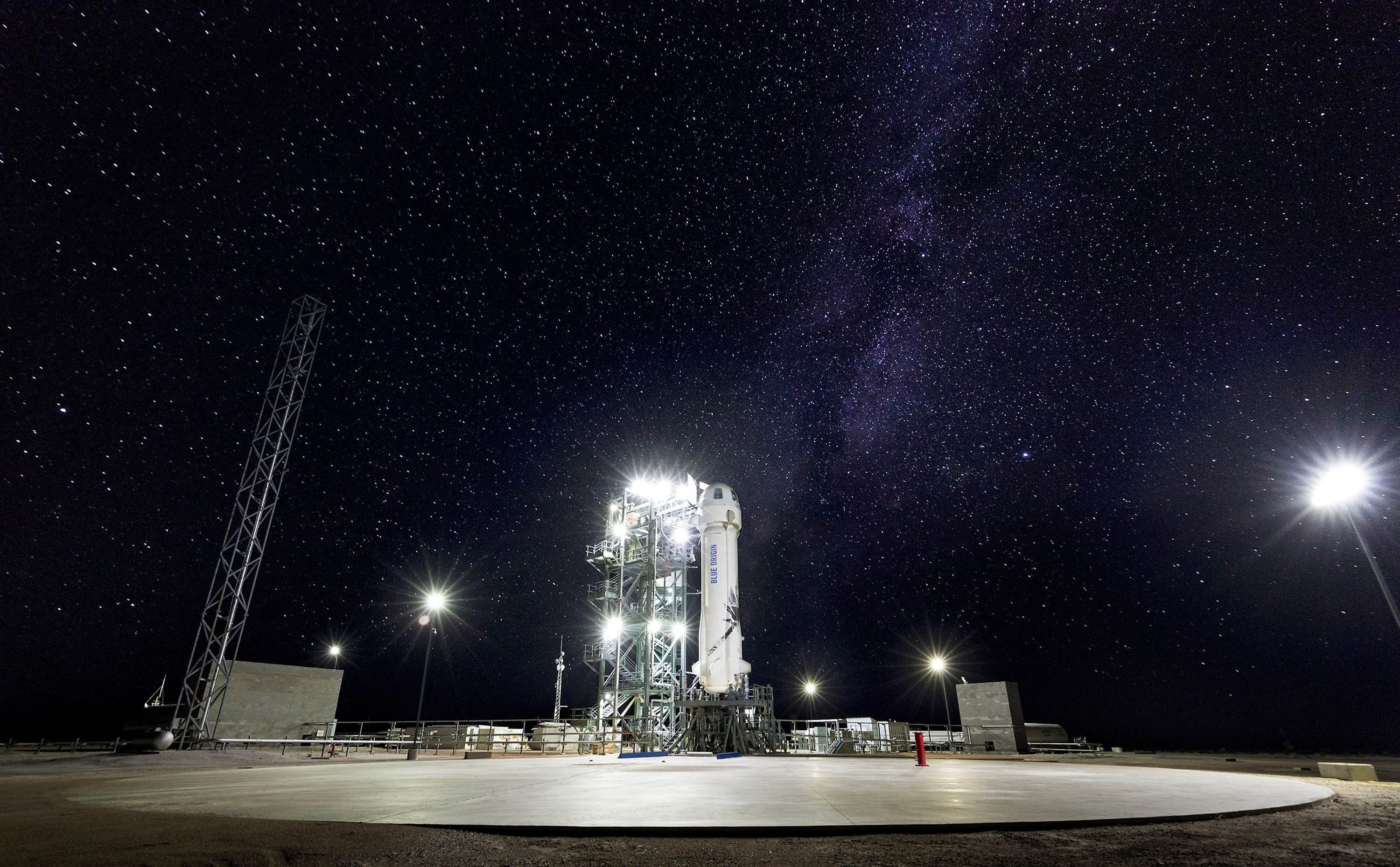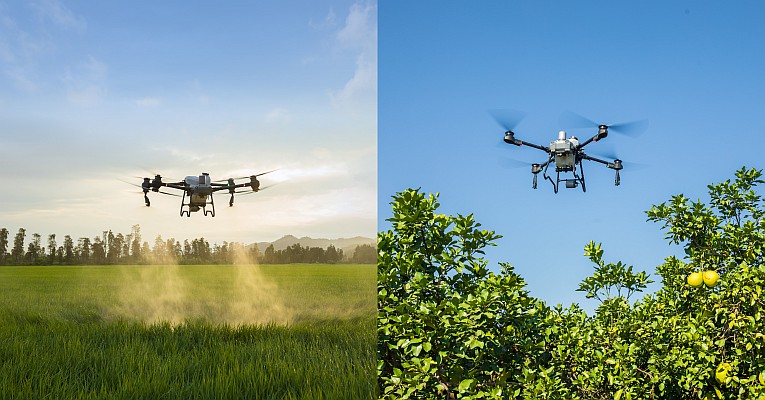As smoke plumes from powerful bushfires clouded the Australian skies in early February, satellites orbiting the Earth captured the rapid dispersal of smoke in real-time. One particular satellite, however, saw the occurrence from a different perspective than the rest and uncovered a rare phenomenon.
The Nasa Cloud-Aerosol Lidar and Infrared Pathfinder Satellite Observation (Calipso), using its active lidar system, traced vertically through the layers of the atmosphere to find that the Australian bushfire smoke was lofting, or rising, to an astonishing 12 miles, an unusually high altitude that penetrates the lower part of the stratosphere.
Calipso has the ability to see the vertical distribution of smoke particles in the atmosphere. While most other satellites saw the smoke as a flat image that portrayed the horizontal direction of the distribution, Calipso was able to see the altitude of the lofting smoke.
The satellite is not only unique for its ability to make vertical measurements of the atmosphere, but it can also see aerosol layers and plumes that are often invisible to most other instruments. At first glance, another satellite may have thought that the smoke was a low-level cloud, but Calipso is able to look deeper.
So many different aspects of the atmosphere are affected by the smoke particles, it is important to understand what caused their abnormal presence in the stratosphere. Fromm explains that as the heat from the fire rises, a convective weather system is created. Within this, a severe thunderstorm, known as the pyrocumulonimbus (pyroCb), develops.
As the fire increases in strength, it acts like a chimney as it sucks the smoke from the flames up into the convective column. The smoke is then injected into the atmosphere at abnormally high altitudes – a side effect similar to volcanic eruptions.
The abundant smoke fuels the storm’s updrafts by serving as the nuclei for cloud particles, seeding so many that little-to-no precipitation forms, and taking away a storm-killing drag force.
While the elements of the fires in Australia are becoming clearer, there is still quite a bit of uncertainty surrounding the pyro-convection process. Satellite missions like Calipso have been supporting field campaigns to get a better handle on the meteorological, chemical, physical anomalies that forest fires create. This support in turn helps scientists learn more about other pyroCbs that have occurred.






